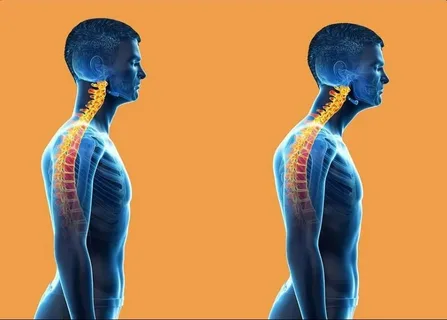1. Understanding Forward Head Posture and Its Impact
Forward head posture (FHP) is a common postural misalignment where the head protrudes forward in relation to the spine, often caused by prolonged periods of looking down at phones or sitting in front of computers. This poor posture not only affects the alignment of the head and neck but can also lead to muscle strain, headaches, and even long-term damage to the spine if left untreated. The key to fixing forward head posture lies in understanding its impact and adopting corrective strategies to realign the body properly.
2. Step 1: Strengthening Neck Muscles
One of the most effective ways to address forward head posture quickly is by strengthening the neck muscles, especially the deep cervical flexors. These muscles are responsible for stabilizing the head in a neutral position. Simple exercises like chin tucks, where you gently pull your chin towards your neck while keeping your head level, can significantly help. Another beneficial exercise is the neck extension stretch, which involves lifting the chin up and lengthening the front of the neck. Regularly incorporating these exercises will improve neck strength and posture alignment.
3. Step 2: Correcting Shoulder Position
Forward head posture often goes hand-in-hand with rounded shoulders, which can exacerbate the problem. Focusing on pulling your shoulder blades back and down will realign your upper body, taking strain off the neck and head. Shoulder blade squeezes and wall angels are excellent exercises to help reset your shoulder position. Consistently correcting your shoulder posture, especially when sitting, will complement your neck exercises and help you fix forward head posture faster.
4. Step 3: Adopting Proper Ergonomics and Habits
Improper workstation setups and daily habits are often the root causes of forward head posture. To fix this, adjust your computer screen so it’s at eye level and invest in a chair that supports your lower back and encourages good posture. Additionally, take breaks to stand up and stretch every 30 to 60 minutes. Awareness of your posture throughout the day, especially when using electronic devices, will prevent further strain and promote faster improvement in your alignment.forward head posture fix






Leave a Reply